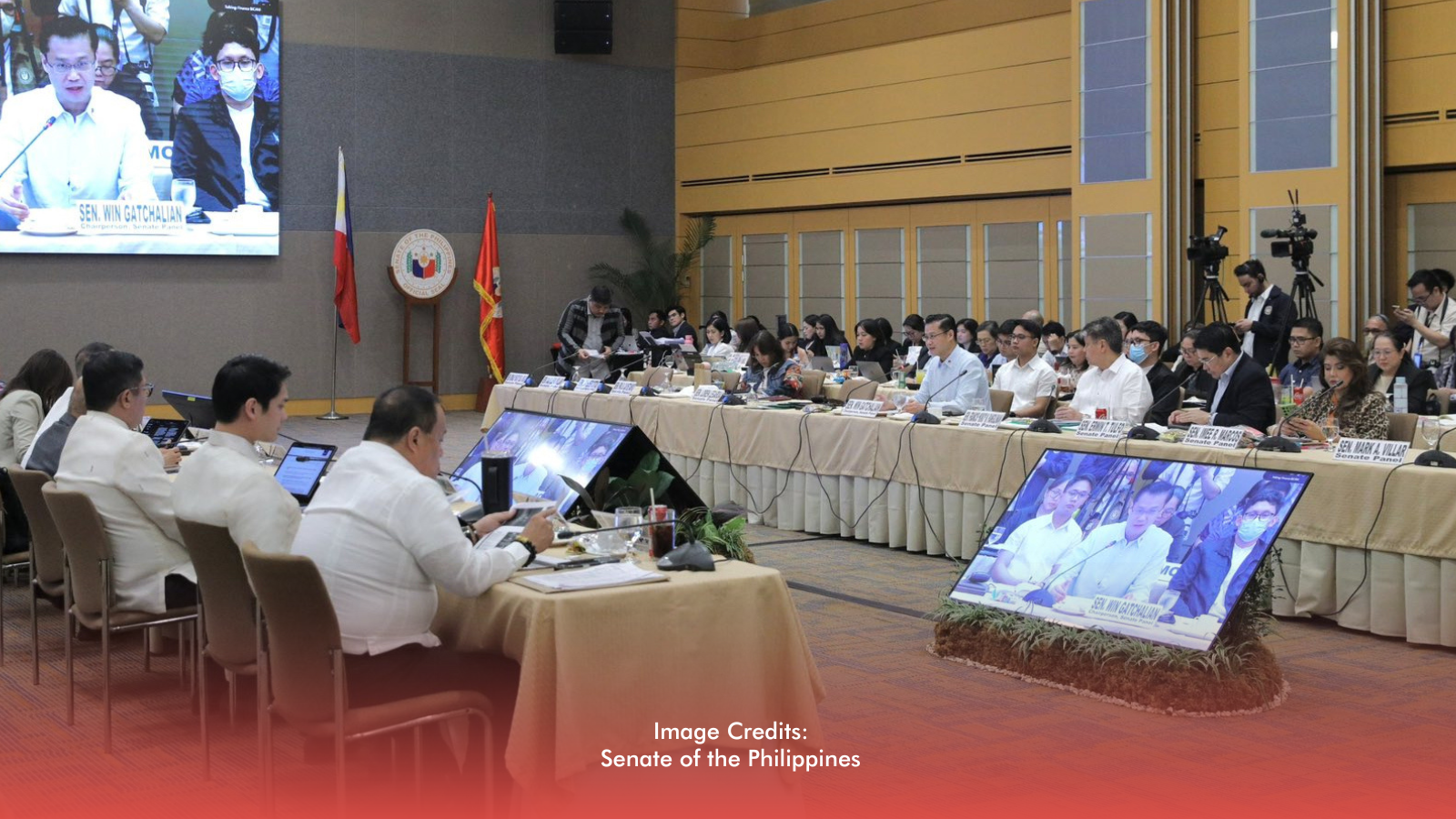Metro Manila is quietly sinking, and the consequences could be severe. The region is experiencing land subsidence, a gradual sinking of the ground surface largely caused by excessive groundwater extraction and unregulated urban development. Though often unnoticed, this phenomenon poses a growing threat to public safety and infrastructure, especially in flood-prone areas.
What’s Causing It?
The main culprit is deep well pumping. When groundwater is extracted faster than it can naturally be replenished, the soil loses moisture and compresses—causing the land above to sink. Satellite data from 2003 to 2011 showed that areas in and around Metro Manila were sinking at rates of 2 to 4.2 centimeters per year. More recent data from 2014 onward reveals even more alarming rates—up to 10.9 centimeters annually in some districts.
Another key factor is rapid, poorly managed urbanization. Many poso (hand pumps) operate without permits, and there is no official record of how many exist across Metro Manila. The lack of regulation makes it difficult to monitor groundwater use. Additionally, dense infrastructure and insufficient green spaces prevent rainwater from seeping back into the ground to replenish aquifers.
Why It Matters
Land subsidence significantly raises the risk of flooding. As the ground sinks, it takes less rainfall or tidal activity to trigger floods. This is especially dangerous in low-lying areas like CAMANAVA (Caloocan, Malabon, Navotas, Valenzuela) and cities near Manila Bay, where the effects of storm surges and heavy rains are compounded by subsidence. Las Piñas, San Pedro–Biñan, and Dasmariñas, for example, continue to sink at around 3 centimeters per year.
If left unaddressed, even moderate weather events could lead to severe flooding, infrastructure damage, and displacement of communities.
What Needs to Be Done?
To address this crisis, a two-pronged approach is essential:
* Tighter Groundwater Regulation
A comprehensive registry and monitoring system for groundwater extraction is needed to track and limit usage, especially in highly urbanized zones.
* Smarter Urban Design
Integrating flood-resilient infrastructure—such as permeable pavement and green spaces that allow water to seep back into the ground—can help offset the effects of groundwater loss and reduce the risk of flooding.
Metro Manila’s land subsidence problem isn’t coming—it’s already here. The ground is sinking, the risk is rising, and the window for action is closing.
The time to act is now.








